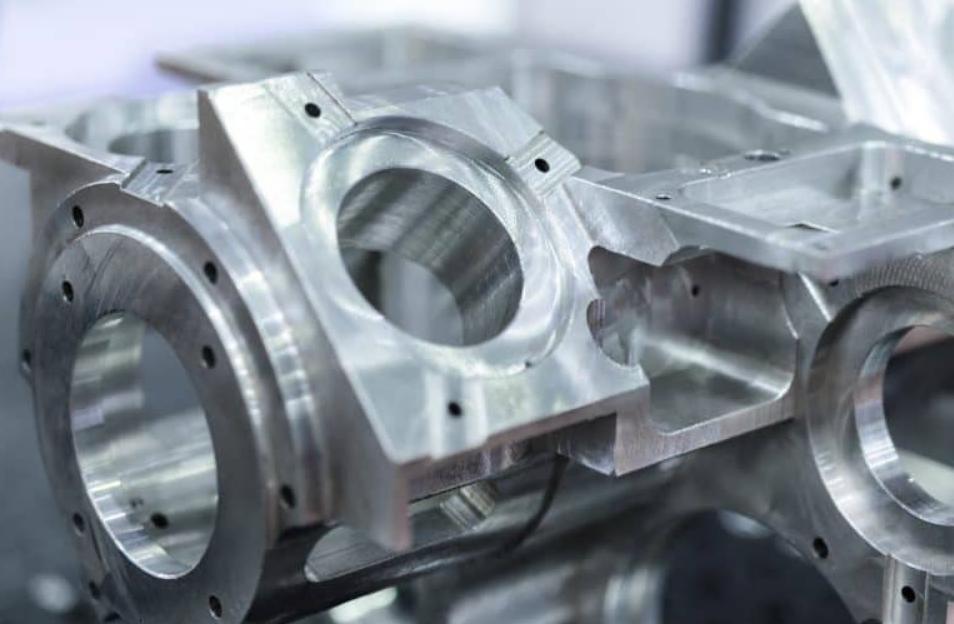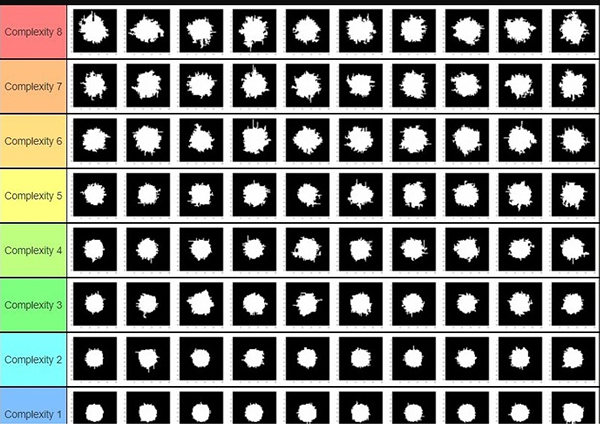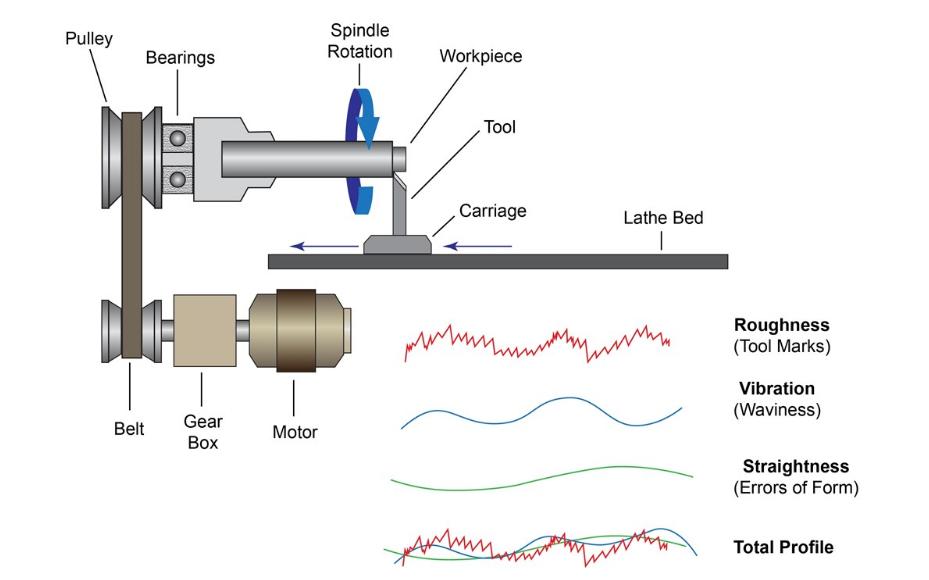In the world of machining, two methods stand out: CNC turning and milling. You, the reader, will embark on a journey to understand which is better CNC turning or milling? The aim is to unravel the superior technique for specific needs. Each method boasts its strengths and applications.
Delve into the intricacies and benefits of both. By the end, the choice between CNC turning and milling will become clearer. Knowledge, expertise, and precision guide this exploration. So, prepare for an enlightening discussion on these prominent machining techniques.

CNC Turning, or Computer Numerical Control Turning, precisely shapes metal or plastic. Machines, called lathes, hold and spin the workpiece. Cutting tools, guided by computer codes, trim away excess material. CNC Turning produces cylindrical parts.
Examples include shafts, rods, and hubs. RPM (Revolutions per Minute) dictates the spinning speed. Precision is crucial. Tolerances can be as tight as 0.005 inches. Materials like aluminum, brass, and steel are commonly used. CNC Turning excels in making simple or complex parts.
High-speed steel or carbide tools do the cutting. Proper tool selection ensures optimal results. CNC Turning ensures efficiency, consistency, and accuracy in every piece.
CNC milling excels in carving complex curves. Gear teeth, crucial in transmitting torque, demand precision. Milling machines, with their advanced tools, achieve this. RPM, feed rate, and depth are parameters adjusted for optimal results.
Machine operators rely on CAD designs. Gears, once milled, undergo rigorous testing. Standards like DIN and AGMA govern gear quality.
Shafts, found in machines, need precise curves. Milling ensures these curves match design specs. Parameters like tool speed, material type, and axis movement matter. Computer programs guide the milling process. Once complete, shafts undergo quality checks. Industry norms dictate the specs and tolerances.
Flanges connect pipes, valves, and pumps. Proper curves ensure tight seals. Milling machines, using specific cutters, produce these curves.
Factors like material hardness and cutter type play roles. Computer-assisted designs guide the milling paths. Standards, such as ANSI and ISO, set flange requirements.
Bearings reduce friction in machinery. Their surfaces need exact curves. Milling offers precision. Parameters, like cutter angle and material feed, get adjusted.
The machine's computer guidance ensures accuracy. After milling, surfaces undergo inspections. Industry standards, like ABEC, grade the bearing quality.
Screws and bolts have threads. These threads need perfect curves. Milling machines, equipped with thread mills, achieve this. Parameters like pitch, depth, and diameter are crucial.
Software assists in ensuring thread accuracy. Once milled, threads face quality assessments. Norms like the Unified Thread Standard guide production.
CNC Turning offers accuracy in cutting. Using tools like lathes, precise cuts are achieved. Cuts down to 0.01 mm are common. Machines, with advanced CAD systems, make intricate patterns.
Materials like steel, aluminum, and brass are shaped with finesse. Turning excels in making round parts. Hence, industries like automotive and aerospace prefer CNC Turning.
Speed is a hallmark of CNC Turning. Machines rotate at 2,500 RPM or more. Advanced lathes complete jobs in minutes. High-speed rotations mean less time. Fewer manual adjustments speed up tasks. Time saved translates to more parts produced. Industries with bulk orders benefit immensely.
Consistency defines CNC Turning. Once set, machines produce identical parts. There's minimal deviation between productions. For example, if 1,000 screws are needed, all will match the original. This uniformity ensures quality. Manufacturers trust turning for its reliability in bulk production.
CNC Turning isn't rigid. Machines adapt to various tasks. With different tooling options, diverse parts are produced. Whether it's a tiny pin or a large rod, turning handles it. Tools like turrets and tailstocks aid in this versatility. Industries find value in this adaptability.
With CNC Turning, fewer hands are needed. Automated processes take center stage. Manual interventions are rare. One operator oversees multiple machines.
This reduces labor costs. Companies can redirect resources. Efficient production with fewer personnel is a win for industries.
Computer Numerical Control (CNC) milling transforms solid materials. Machines with multi-point cutting tools shape these. The tools rotate, removing material. You get precise parts. Think about curves. They're essential. CNC milling excels here. A machine follows digital instructions.
Your object gets its shape. The X, Y, Z coordinates guide the process. CNC milling is about accuracy. Parts like gears benefit. So do automotive components. In short, it's a pivotal manufacturing method.
Molds require precision. CNC milling offers that. Milling curves are crucial. Molds have many curves. These curves match product specifications.
You'll find CNC in industries like toys. The process uses tools like end mills. These tools cut molds from materials. Aluminum and steel are common. Accurate molds equal quality products.
Contours add aesthetics. They also have function. CNC milling provides both. Consider car bodies. Those sleek lines are Milling's work. Surface contouring needs accuracy. Especially in curves and tools move along paths. They follow a preset route. The result is to smooth, consistent contours.
Precision matters in holes. CNC milling ensures it. Industries like aerospace demand it. A tiny error is big consequences. Milling curves guide hole placements. Tools like twist drills come in. They penetrate materials. Depth and angle matter. CNC milling achieves both.
Slots in parts are common. Think about electronics. Devices need slots. CNC milling creates them. The process uses specific cutters. These are called slotting tools. They move on paths. Curves guide them. The result is always perfect slots every time.
Some parts have unique shapes. They're not straightforward. CNC milling handles them. It manages intricate designs. Milling curves are the guide. The machine reads them. It follows them. End mills and ball nose cutters help.
They shape these complex profiles. Industries like defense benefit. So does medical equipment manufacturing. Every curve matters. Every detail counts.
In CNC milling, X, Y, and Z axes control movement. Thus, creating curves becomes straightforward. For instance, a CNC machine with 3 axes will maneuver in three directions.
Furthermore, the addition of a 4th axis enables rotation around the X-axis. Lastly, the 5th axis offers tilting capabilities, enhancing curve milling. Transitioning between axes offers impeccable precision.
CNC milling machines, equipped with multiple tools, handle different tasks. For instance, end mills create specific cuts, while face mills flatten surfaces. Ball-nose cutters, on the other hand, shape curves. By switching tools mid-operation, you obtain diverse cuts, making milling versatile.
Precision in milling refers to achieving exact measurements. CNC milling machines, often with an accuracy of 0.001 inches, outperform manual milling. Moreover, the repeatability of CNC machines ensures consistent results. By inputting exact coordinates, you guarantee precision in every cut.
CNC milling machines excel in crafting intricate designs. Imagine crafting a 3D model with intertwined spirals.
With CNC milling, such intricate patterns get crafted effortlessly. Using specific tools like tapered end mills or ball cutters, even the most complex shapes become achievable.

Milling curves require stationary tools. Unlike turning, milling uses an RPM of 1,200 for precise cuts. Tools like end mills handle the work. Additionally, the feed rate, often 20 IPM, impacts accuracy.
Moreover, in milling, the tool doesn't rotate.
Importantly, depth of cut matters. Typically, it's 0.05 inches. Remember, stationary tools define milling.
In milling, a mill machine, not a lathe, crafts curves. Lathes are for turning. However, mill machines, with XYZ axes, perfect curves.
The spindle speed, usually at 1,500 RPM, is vital. Furthermore, the use of HSS or carbide tools makes a difference. Mill machines have a table, unlike lathes. That's where precision comes in.
For milling curves, radial cuts dominate. Axial cuts go along the workpiece. But radial cuts go deep, at a 90-degree angle. The cutting depth, around 0.08 inches, is crucial. Feed rates, often at 18 IPM, matter for radial cuts. Radial cuts, with a side approach, perfect those curves. Hence, for curves, radial is preferable.
Milling curves need intermittent cuts. Continuous cuts are straight, non-stop. But intermittent cuts, short and precise, create curves.
With a feed rate of 15 IPM, they're exact. The cutting tool, often a 0.5-inch end mill, is crucial. Intermittent cuts allow adjustments, ensuring curve accuracy. That's the milling specialty.
Milling excels in various shapes, not just cylindrical. Turning crafts cylindrical parts. But milling, with a 0.07-inch depth of cut, creates all forms.
Shapes like squares, triangles, or even hexagons.
The tool path, typically G02 or G03, guides the shape. Hence, for diverse shapes, milling stands out.

In milling curves, aluminum's CNC turning outperforms many metals. With a density of 2.7 g/cm3 and great machinability, expert machinists use high-speed cutting parameters.
CNC machines with powerful motors ensure precision. Aluminum parts, often lightweight, achieve tight tolerances. Hence, industries favor aluminum for intricate designs.
Brass, with a density of 8.4 to 8.73 g/cm3, offers robust milling curves. Reliable machines apply RPMs averaging 200 to 300. Engineers prefer brass for its distinct finish.
In fact, aerospace and maritime sectors demand brass parts. Notably, brass withstands wear, ensuring longevity.
Milling curves in steel demand expertise. Steel, having a density of 7.75 to 8.05 g/cm3, requires advanced CNC machines. Machinists set parameters like 50 to 200 RPM for optimal results. Industries value steel's resilience. Indeed, automotive and construction sectors heavily rely on steel.
Achieving precise milling curves in titanium is an art. Titanium's density ranges from 4.506 to 4.516 g/cm3. Machinists use controlled RPMs, around 30 to 60, for precision. Aerospace industries particularly value titanium for its strength-to-weight ratio.
While plastics vary in density, milling curves remain consistent. CNC machines set at 100 to 300 RPM deliver accurate results. From ABS to PTFE, plastics provide flexibility. Medical and consumer electronics sectors often choose plastics for customized parts.

Milling hardened steel demands high precision. With a density of 7.8 g/cm3, CNC machines utilize parameters like feed rates of 0.004 to 0.012 inches per tooth. Durability sets hardened steel apart. Automotive and defense sectors trust its reliability.
Milling curves in graphite present unique challenges. With a density of 2.267 g/cm3, machinists prefer RPMs around 20,000. Given its conductivity, industries use graphite for electrical components. Moreover, energy sectors value graphite's heat resistance.
Achieving milling curves in copper requires finesse. Copper's density stands at 8.96 g/cm3. CNC machines typically operate at RPMs ranging from 200 to 1,000. Electrical industries favor copper for its conductivity. Indeed, copper ensures efficient energy transfer.
Milling ceramics demands expertise. With densities varying between 2.3 to 7.8 g/cm3, optimal RPMs range from 200 to 500. Due to its insulation properties, electronics industries frequently use ceramics. Also, medical sectors value ceramics for prosthetics.
Crafting milling curves in wood offers versatility. Wood's density varies, but CNC machines, set at 1,000 to 2,000 RPM, ensure precision. From furniture to artifacts, wood remains a favorite. Its natural appeal and workability make wood a staple in many industries.

Milling excels in crafting freeform surfaces. Computer Numeric Control (CNC) milling machines provide precise control.
With X, Y, and Z axes, milling achieves intricate designs. Industries like aerospace and automotive benefit. Their parts demand such complex geometry.
Milling's adaptability is notable. Complex parts like gears and molds require exactness. CNC milling offers unparalleled precision. Using advanced tools, like end mills and face mills, detailed features emerge. Your projects attain perfection with these capabilities.
Achieving thin walls is challenging. Yet, milling masters this aspect. Stability is key. Precision tool paths ensure wall uniformity.
Advanced milling machines maintain consistency. Parts like enclosures and casings benefit. They demand thin, yet robust, walls.
Milling is versatile in crafting longitudinal profiles. Advanced CNC machines provide consistent depths. Tools move smoothly along the length.
The result is a flawless longitudinal profile. Industries needing shafts or spindles value such precision.
Accuracy is paramount in manufacturing. Milling ensures tight tolerances. With CNC control, errors reduce significantly. Achieving tolerances as tight as 0.001 inches becomes feasible. Such precision ensures parts fit perfectly in assemblies.
In CNC milling, spindle speed plays a pivotal role. The RPM (revolutions per minute) of the spindle determines the tool's movement.
High RPM rates, often exceeding 2,500 RPM, enable the tool to traverse the workpiece swiftly. Such speeds ensure precision while carving intricate curves and designs.
Modern CNC milling machines use CAM (Computer-Aided Manufacturing) software. With CAM, operators set up the machine in minimal time.
Precise digital blueprints and pre-defined tool paths reduce setup times. You'll find that, on average, a CNC milling setup may only take a few hours, while manual setups could take days.
The feed rate in CNC milling, measured in inches per minute (IPM), is crucial. Many modern machines can achieve feed rates of over 800 IPM. Such rates allow for rapid cuts, especially when working on curves.
CNC milling machines harness the power of automation. Advanced machines come equipped with ATCs (Automatic Tool Changers). An ATC can switch between different tools in mere seconds.
The result is continuous machining without interruptions. Moreover, with the integration of sensors and real-time feedback systems, errors get minimized, ensuring flawless curves and cuts.
The depth of cut in CNC milling is another parameter to consider. Machines can achieve depths ranging from a few micrometers to several millimeters in a single pass.
Such capabilities allow for the rapid removal of material. Especially when milling curves, the machine can cut deep, removing more material, and achieving the desired shape faster.
|
Feature |
Definition |
Typical Values |
Benefits |
Application |
Industry Standard |
Competing Technologies |
|
Rapid Tool Movement |
Speed at which tools move across a material |
60-100m/min |
Reduced production time |
CNC Machining |
80m/min |
Manual Tool Movement |
|
Faster Setups |
Time taken to set up machinery |
2-10 minutes |
Time & cost efficiency |
Manufacturing assembly lines |
5 minutes |
Traditional setups (~30 mins) |
|
High-Speed Cutting |
Rate of cutting material |
500-1500 RPM |
Precision & efficiency |
Milling, Turning |
1000 RPM |
Low-speed cutting (200-500 RPM) |
|
Automation Benefits |
Advantages of using automated processes |
90-95% efficiency |
Consistency & scalability |
Robotics, Automated production lines |
92% efficiency |
Manual processes (~70% efficiency) |
|
Quick Material Removal |
Rate at which material is removed |
2-5 kg/min |
Speed & cost savings |
Material processing |
3.5 kg/min |
Slow material removal (0.5-1.5 kg/min) |
Table On Speed And Efficiency!

In CNC milling, surface roughness defines the texture's quality. A lower Ra value indicates a smoother finish. Precise machine calibrations ensure minimal roughness, giving milled parts a polished appearance.
During milling operations, tool engagement leads to visible marks on the surface. Advanced milling machines minimize these tool marks. Tool selection plays a crucial role. Carbide tools, for instance, often result in fewer surface imperfections than HSS tools.
Feed rate directly impacts the surface finish. A higher feed rate often means a rougher surface. By adjusting the feed rate, operators can achieve desired surface finishes. Generally, a slower feed rate results in a finer finish, but it also takes more time.
Implementing a finish pass enhances the milled part's quality. Finish passes involve a final, light cut to improve surface quality. By removing minimal material, finish passes eliminate residual tool marks, ensuring a pristine surface.
In climb milling, the cutter moves with the workpiece feed. It often results in a better surface finish but requires a well-maintained machine. Conventional milling, where the cutter moves against the workpiece feed, might leave more tool marks but suits machines with more backlashes.
Which is better CNC turning or milling? Throughout this discourse, both CNC turning and milling have been dissected. CNC turning excels in producing cylindrical parts with precision. Milling, on the other hand, shines in creating complex shapes and contours. Both methods offer unique advantages, catering to distinct applications.
Material suitability, design complexity, efficiency, and surface quality form the crux of the comprehensive comparison. For a deeper dive and expert guidance on CNC solutions, visit CNCYANGSEN. Your quest for machining excellence starts there. The journey of understanding doesn't end; it evolves.